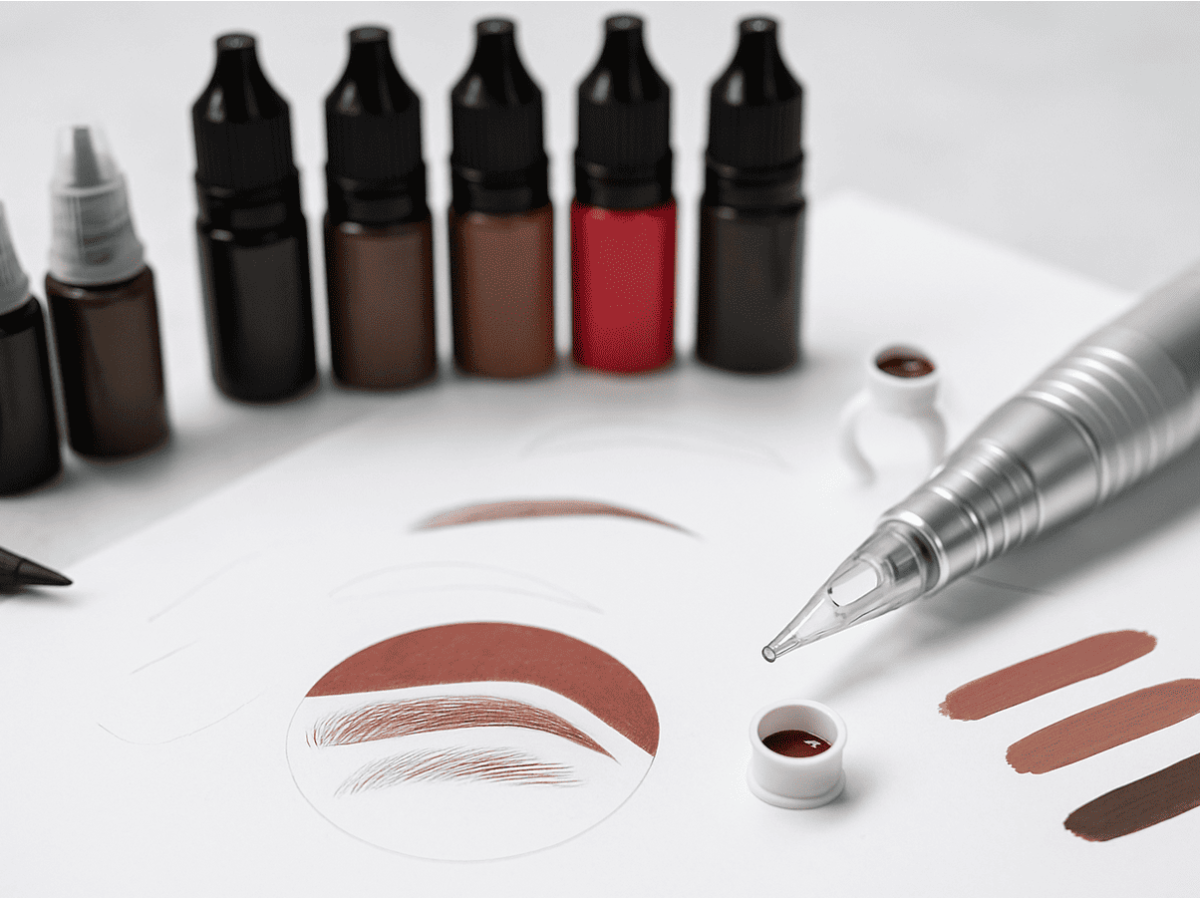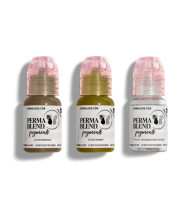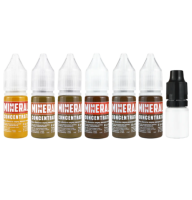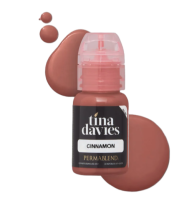Best Pigments for Permanent Makeup: How to Choose a Safe and Long-Lasting Formula
Pigments for permanent makeup are the foundation of a successful result. They directly affect the color, durability, and overall impression of your work. In this guide, we’ll look at the differences between mineral, hybrid, and organic pigments, explain how to choose safe formulas, and what influences color changes over time.
Types of Pigments: Mineral, Hybrid, and Organic
- Mineral pigments – derived from natural sources, offer soft natural tones and low risk of allergic reactions.
- Hybrid pigments – combine mineral and synthetic elements for vibrant, long-lasting colors.
- Organic pigments – known for intense brightness, ideal for lips and eyeliner procedures.
What to Look for When Choosing Pigments?
- Ingredients: Avoid pigments containing Iodine (I), Bromine (Br), or Chlorine (Cl). These are cheap but may cause reactions or poor retention.
- Hypoallergenic properties: Always perform a patch test before use to reduce the risk of allergic response.
- Consistency: Liquid pigments tend to spread more evenly and deliver a smoother healing process.
- Intended use: Use only pigments specifically made for PMU, not tattoo ink — the composition is very different.
Are Pigments for PMU Safe?
To ensure pigment safety, always check for certification, origin, and expiration date. Avoid expired products or those with unknown chemical stabilizers or preservatives. Choose only pigments that are gentle on the skin and tested for cosmetic use.
Use sterile, disposable supplies only. All cartridges, blades, and applicators must be single-use. If your artist doesn’t perform an allergy test, request one yourself to prevent complications.
What Affects Color Retention and Stability?
- Depth of implantation: The deeper the pigment is placed, the longer it stays. Experienced professionals control this effectively.
- Skill of the artist: Proper technique ensures even pigment distribution and reduces the risk of patchy results.
- Pigment quality: Diluted or cheap pigments tend to fade quickly and unpredictably.
- Chosen palette: Darker shades typically last longer; lighter tones may fade faster due to skin undertone and exposure.
- Aftercare: Proper healing with creams, ointments, and antiseptics ensures color stability over time.
Recommended Pigment Categories
Conclusion
For professional results that last, always choose high-quality pigments for permanent makeup. Certified, hypoallergenic pigments ensure better healing, long-term color retention, and client satisfaction. Never compromise on quality — your reputation depends on it.





Write a comment